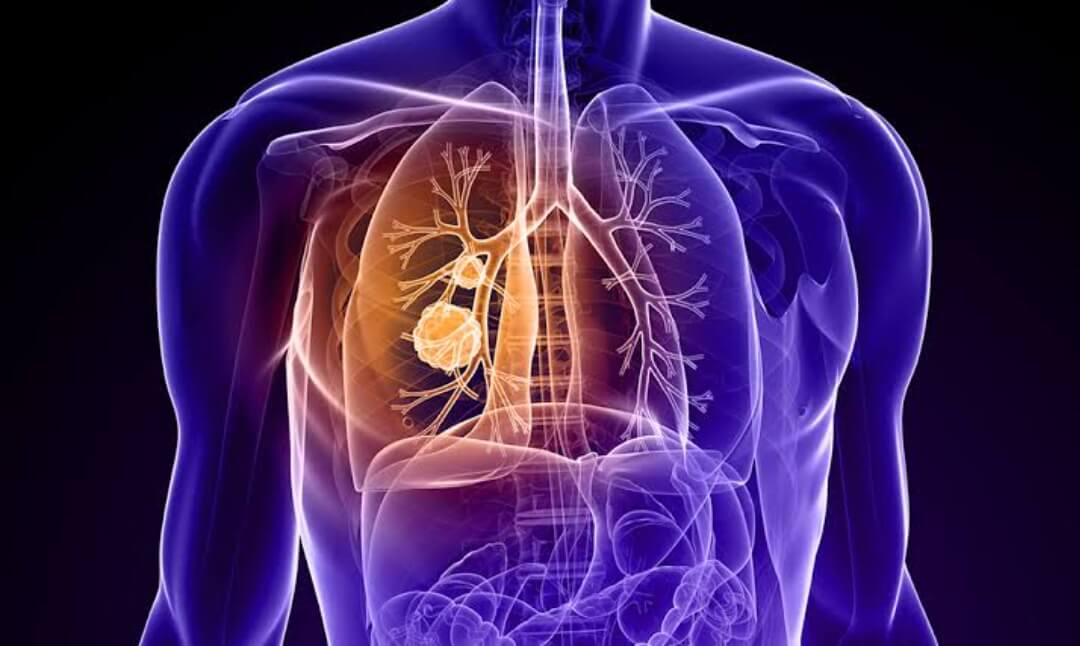
Biomarker testing decisions for lung cancer vary between academic
Considerably fewer community oncology clinicians than academic clinicians use biomarker testing decisions to guide discussions with patients with lung cancer, in step with survey effects. The findings — offered at the International Association for the Study of Lung Cancer (IASLC) World Conference on Lung Cancer — confirmed much less than half of the respondents in the network putting using biomarker testing to manually affected person discussions approximately diagnosis as compared with almost three-quarters of educational clinicians. Several elements may make contributions to disparities in biomarker testing decisions. These consist of environmental factors, get right of entry to quality health care, coverage status, affected person distrust of the fitness care system, and the extent to which clinicians and patients apprehend the vital function biomarker testing can play in treatment decision-making, in step with observing background.
Recent reports have indicated severe gaps in biomarker testing, both in rates and relying on what setting you practice in. Boehmer and associates file decrease biomarker trying out fees in network-based practices vs. educational facilities. This problem is multifactorial, and we ought to method this hassle from every side. Education is vital for clinicians and patients. Understanding the significance and effect on remedy choices reinforces shared decision-making practices, in addition to training for each party. We want to have this fact easy to access or brought to each; thus, the advent of gear may be needed. However, there are also logistical troubles that hinder the usage of biomarker testing that might be greater general in-network facilities vs. educational sites. Operational tactics tend to be greater centralized and staffed in educational sites, in which there are employees accountable for tissue acquisition, a devoted pathology group, payor insurance assessments, and faster turnaround instances to get hold of effects. The recommended 14 days for effects does not consist of the time to get the proper biopsy, obtaining the tissue and reviewing the adequacy, checking with coverage and sending the tissue. In a few network settings, this may motive a lot tension and consternation for sufferers and vendors who want to look ahead to all of these items to arise or can also additionally need to force the procedure themselves because of fewer resources. If we need to elevate the bar, we want to make certain we educate, however additionally locate pragmatic operational answers to facilitate a greater streamlined approach to biomarker testing.
Photo by National Cancer Institute on Unsplash



